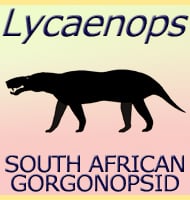Castorocauda
In Depth For lack of a better description, Castorocauda was basically like an otter or beaver that lived during the Jurassic. However, while Castorocauda superficially looks like them, the genus is in no way a direct relation to them, Instead, Castorocauda is what is known as a docodont mammaliform, and a member of a group … Read more
